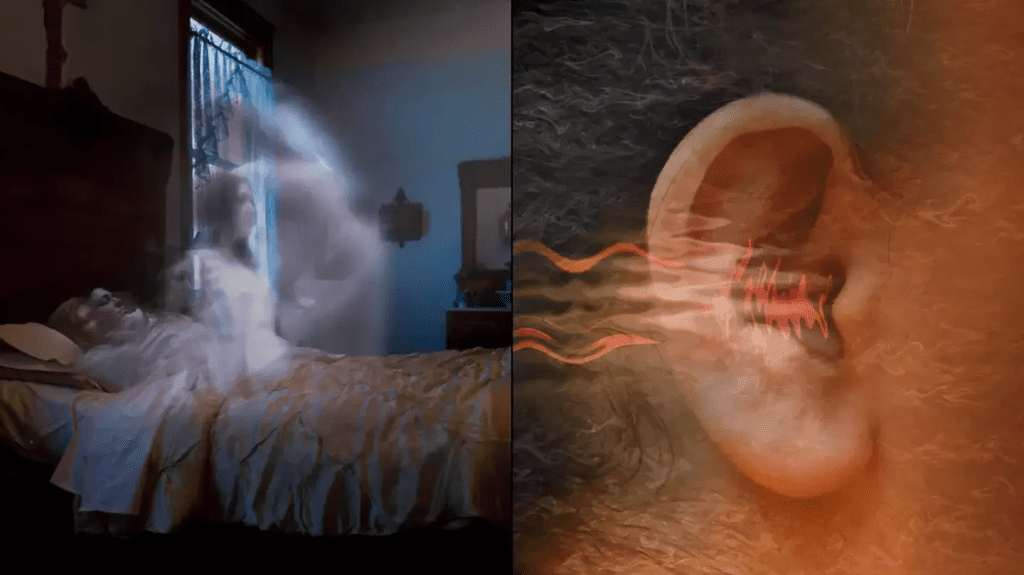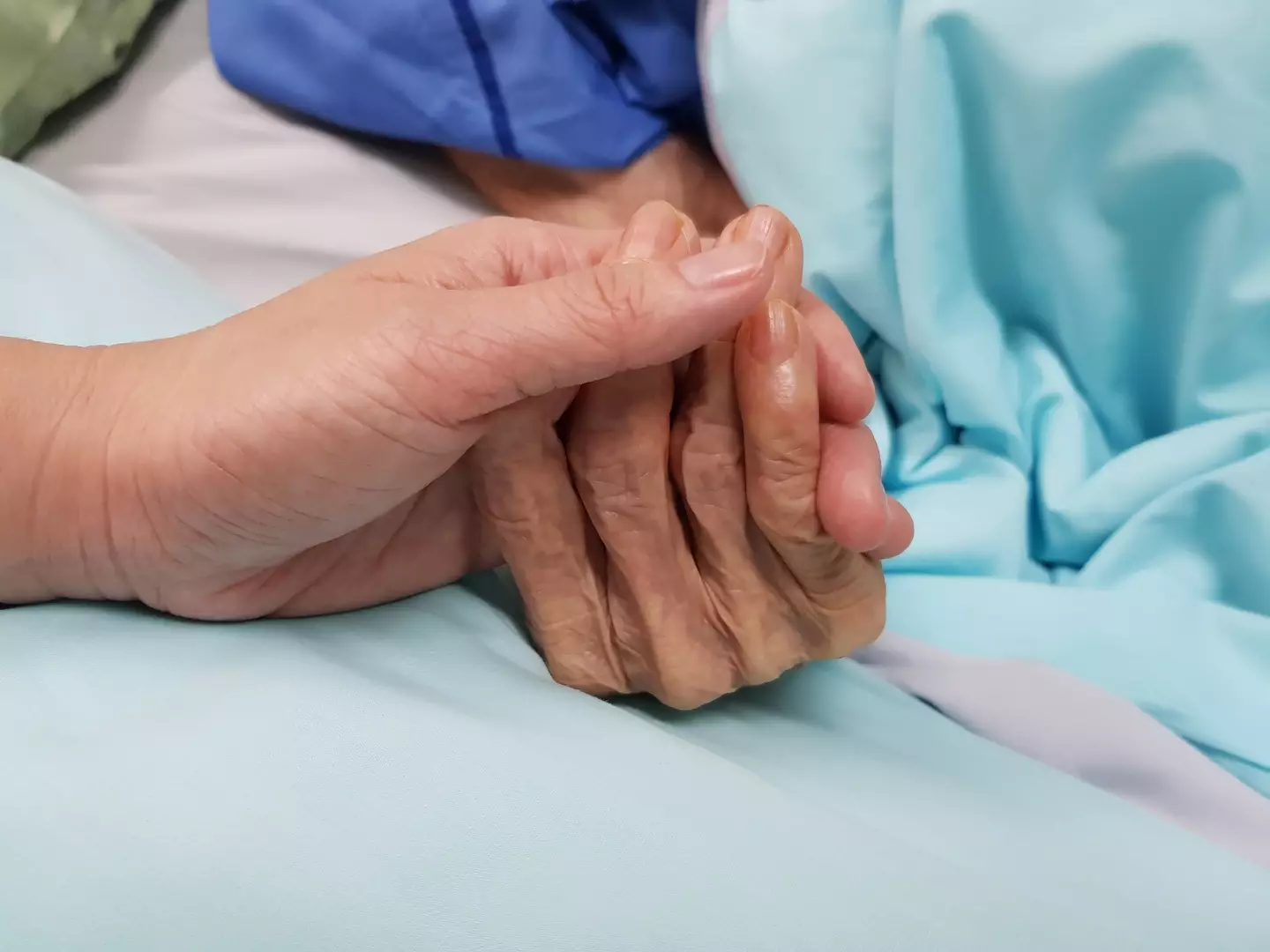When a loved one approaches the end of their life, emotions run high, and the experience can feel overwhelming. Among the many signs of the body shutting down is a sound known as the “death rattle.” While the term itself might seem unsettling, understanding this phenomenon can help ease fears and allow families to approach the final moments with knowledge and compassion.
Let’s explore what the death rattle is, why it happens, and how loved ones can support a peaceful transition.
What Is the Death Rattle?

The death rattle refers to a distinctive noise that occurs during the final stages of life. As the body begins shutting down, individuals often lose the ability to swallow or clear their throat. This leads to a buildup of saliva and secretions in the airway, creating a wet, gurgling, or crackling sound when air passes through.
Hospice professionals emphasize that while the sound can be distressing for loved ones, it does not cause pain or discomfort for the individual. In fact, they are often unaware of it due to the body’s natural process of detachment during the dying stages.
Why Does the Death Rattle Happen?
The death rattle occurs as a result of physiological changes in the body. These include:
- Loss of Swallowing Reflex: As the body weakens, the ability to swallow diminishes, causing saliva to accumulate.
- Increased Secretions: The respiratory system may produce more mucus as it begins to shut down.
- Airflow Over Secretions: The sound is produced when air moves past the pooled saliva and mucus in the throat or chest.
This process typically begins in the final 24 to 48 hours of life and is a natural indicator of the body’s transition.
What Does the Death Rattle Sound Like?
For those who haven’t encountered it before, the death rattle can be startling. Common descriptions include:
- A wet, crackling noise with each breath.
- A deep, gurgling sound akin to snoring or bubbling water.
- A rhythmic rasping that grows louder as breathing slows.
While the sound may evoke concern, it’s essential to recognize that it’s not a sign of distress for the individual. Understanding this can help families focus on providing emotional support instead of worrying unnecessarily.
How Long Does the Death Rattle Last?
The duration of the death rattle varies. It often signals that death is imminent, usually within 24 hours, though this timeline isn’t absolute. Factors such as the individual’s condition and level of care can influence the length of this stage. In some cases, it may persist longer, particularly in hospice settings where comfort measures are prioritized.
Can You Reduce or Ease the Death Rattle?

While the death rattle cannot always be eliminated, certain measures can reduce its intensity, providing comfort for both the individual and their loved ones. Here are a few approaches:
- Change Position: Gently turning the person onto their side can help secretions drain away from the throat, reducing the sound.
- Elevate the Head: Raising the head of the bed or using pillows can prevent secretions from pooling.
- Suction Devices: In some cases, medical-grade suction tools may be used to clear the airway, though this is often avoided to prevent discomfort.
- Medications: Hospice teams may administer medications like atropine or scopolamine to dry up secretions.
- Limit Fluid Intake: Reducing fluids in the final hours can naturally minimize secretion buildup.
These interventions are intended to ease the experience for those present rather than for the individual, who remains unaware of the sound.
The Emotional Impact on Loved Ones

Hearing the death rattle can evoke a mix of emotions, from sadness to helplessness. It’s important to acknowledge these feelings while focusing on what truly matters: being there for your loved one.
- Create a Comforting Atmosphere: Soft lighting, soothing music, or simply holding their hand can provide peace and reassurance.
- Seek Guidance: Hospice staff and caregivers can offer support and answers to your questions, helping you navigate this difficult time.
- Take Care of Yourself: Remember to prioritize self-care. Grief and exhaustion are normal, and seeking moments of rest can help you remain present and supportive.
Understanding the natural progression of death can reduce fear and allow families to approach the experience with acceptance.
Why Knowledge About the Death Rattle Matters

Education about the death rattle is vital in helping families prepare for the final stages of life. By demystifying this phenomenon, healthcare professionals can alleviate unnecessary distress and empower loved ones to focus on the emotional and spiritual aspects of saying goodbye.
Hospice teams emphasize that the death rattle is a normal and natural part of the dying process. It serves as a reminder that the body is letting go, and it provides an opportunity to cherish the remaining time with your loved one.
Conclusion
The death rattle, while unsettling to hear, is a natural and painless part of the dying process. Understanding its causes and significance can bring clarity and peace to an emotionally challenging time. By focusing on the comfort and presence of your loved one, you can ensure their final hours are filled with love and dignity.
These moments, though difficult, are a profound opportunity to celebrate a life well-lived, share cherished memories, and offer a peaceful farewell. Through compassion, knowledge, and care, you can navigate this journey with grace and strength.


